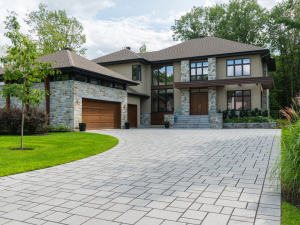Get the week's most popular posts delivered to your inbox.
Our weekly update is free yet priceless and you're less than a minute away from getting the current edition.
In the unlikely event we disappoint, you can unsubscribe with a single click!
Last Updated on November 6, 2025 by teamobn
At a Glance: How to Design a Functional Teen Bedroom
- Measure and Zone:
- Measure room width, length, and ceiling height. Plan zones for sleep, study, storage, and (optional) lounge. Bed sizes: Twin 38×75 in; Full/Double 54×75 in (room width ≥ 9 ft). Keep 22–30 in bedside clearance.
- Set a Budget
- $300–$700 (refresh), $800–$2,500 (makeover), $3,000+ (custom/full redesign).
- Maximize Space:
- Loft or storage bed, vertical shelves 72–84 in, under‑bed drawers/bins, corner desk.
- Colors and Light:
- Neutral base + 1–2 accent hues; light LRV 60–80 for small rooms; 300–500 lux at desk; blackout shades for sleep.
- Comfort and Safety
- Ergonomic chair, anchor tall furniture to studs, cable management, mirror near a window to add depth.

It doesn’t matter how you decorate teens’ bedrooms, you’re probably going to be wrong! Or at least they’ll tell you they don’t like it every time they want to ‘stick the needle in’.
Whatever you want to call it, the teen’s bedrooms are one of the first rooms that a young person has on his or her own. It can serve as a room for sleeping, a place to hang out, or even as a play area.
Even though the teens’ bedrooms are where many teens spend a majority of their time, teen’s rooms can be a tricky thing – what with all the different décor, furniture, and fixtures.

You can – and probably should consult with them, but then you may find you’re miles apart on what’s acceptable. Teenagers nowadays have a mind of their own – they know what they want and won’t settle for anything less.

The key is to start with a good base that they can then decorate with their own props and posters. All you can really do is lay down the foundation and let them do the rest.
If you can manage to get a compromise, that would be good.

Click on any image to start lightbox display. Use your Esc key to close the lightbox. You can also view the images as a slideshow if you prefer 😎
BTW – if you have a room you’d like us to add to an album to show your talents, just email us!
How to Design a Functional Teen Bedroom
Teen bedrooms have to do it all: sleep, study, store, and socialize. The trick is to lay a practical foundation and let your teen personalize the details. Below are five high‑impact factors — backed by sizes, costs, and lighting specs — that make the space work now and adapt as they grow.
1. Room Size & Layout: Zone First, Shop Second
Start by measuring width, length, and ceiling height. Map four zones: sleep, study, storage, and an optional lounge. Place the bed first, then layer storage and study to keep a clear traffic path.
- Bed sizes: Twin 38×75 in fits most rooms; Full/Double 54×75 in works when room width ≥ 9 ft. Leave 22–30 in clearance alongside.
- Circulation: Keep 30–36 in between main pieces (bed, desk, closet) where possible.
- Vertical planning: Use 72–84 in shelving to reclaim floor space, especially in narrow rooms.
This initial step helps prevent purchasing oversized furniture that could overcrowd the room, leaving little space for movement or other essential items.

2. Budget Ranges: Plan Spend by Outcome for Your Teen Bedroom
Setting a realistic budget upfront helps you prioritize what matters most and avoid overspending. Teen bedroom makeovers fall into three tiers, each delivering a different level of transformation.
Below is a detailed breakdown of what each budget tier includes, typical costs, and smart shopping strategies.
- Refresh ($300–$700): Cosmetic updates that transform the look
- A refresh is ideal when the existing furniture is still functional but the room feels outdated or no longer reflects your teen’s personality. This tier focuses on high-impact, low-cost changes that can be completed in a weekend.
- Makeover ($800–$2,500): New furniture and functional upgrades
- A makeover is the right choice when your teen has outgrown their furniture, needs better storage, or requires a dedicated study zone. This tier replaces key pieces and adds features that support their daily routine.
- Full Redesign ($3,000+): Custom solutions and structural upgrades
- A full redesign is a long-term investment that transforms the room’s layout, finishes, and functionality. This tier is ideal when you’re planning for your teen to use the space through high school and possibly into college, or when the room has structural limitations (awkward layout, poor lighting, inadequate storage).
Budget Comparison Table
| Tier | Budget | Best for | Key upgrades | DIY potential | Timeline |
|---|---|---|---|---|---|
| Refresh | $300–$700 | Cosmetic update, functional furniture | Paint, textiles, lighting, decor | High (80%+) | 2–4 days |
| Makeover | $800–$2,500 | New furniture, better storage & study zone | Bed, desk, chair, storage, blackout shades | Medium (40–60%) | 1–2 weeks |
| Redesign | $3,000+ | Long-term investment, structural changes | Built-ins, flooring, lighting, feature wall | Low (10–20%) | 4–8 weeks |
Storage That Grows With Teens
Teens accumulate more clothing, gear, and hobbies as they grow, so design storage as a flexible system that adapts rather than a fixed solution. The goal is to maximize capacity while keeping everything accessible and organized.
- Closet & Hanging Storage
- Plan for 10–14 ft of hanging space or approximately 0.14–0.20 m³ of clothing volume. Double-hang rods (one at 40 in, another at 80 in) instantly double the capacity for shirts, pants, and jackets.
- Add a closet organizer with adjustable shelves and cubbies for folded items, shoes, and accessories. If there’s no built-in closet, a freestanding wardrobe with hanging rods and drawers works well.
- Under-Bed Storage
- Maximize the space beneath the bed with drawers or bins 6–7 in tall. Use these for off-season clothing, extra bedding, sports equipment, or hobby supplies.
- Storage beds with built-in drawers eliminate the need for a separate dresser and keep the floor clear. For standard beds, wheeled bins make access easy.
- Wall-Mounted Solutions
- Free up floor space by going vertical. Pegboards are ideal for hanging bags, hats, headphones, and small instruments — they’re reconfigurable as interests change.
- Install floating shelves (72–84 in high) over the desk or headboard for books, trophies, plants, and decor. Add hooks near the door for backpacks and jackets.
- Modular & Reconfigurable Units
- Invest in modular cube systems or stackable shelves that can be rearranged as needs evolve. These units work for everything from folded clothes and shoes to gaming gear and art supplies.
- Look for systems with interchangeable bins, baskets, and drawer inserts to customize each compartment.
Pro tip: Label bins and shelves to make it easier for your teen to maintain organization and quickly find what they need.

4. Choosing the Right Colors for Your Teen’s Bedroom
The right color palette sets the mood, influences focus, and makes the room feel larger or cozier. A smart approach is to create a neutral foundation that your teen can personalize with bold, changeable accents.
- Small Rooms: Light and Airy
- For rooms under 120 sq ft, choose wall colors with a Light Reflectance Value (LRV) of 60–80 — soft whites, light grays, beiges, or pastels. These shades reflect natural light and make the space feel open and airy.
- Add one accent color through textiles (bedding, curtains, rugs) and wall art so your teen can easily swap it out as tastes evolve. Avoid dark or saturated wall colors in small spaces; they absorb light and make walls feel closer.
- Study Focus: Calming Hues
- Blues and greens are scientifically proven to promote calm and concentration, making them ideal for study zones. Use these tones on an accent wall behind the desk or in accessories like a desk mat, lamp, or chair cushion.
- Reserve bright hues (neon yellow, hot pink, orange) for small accessories—throw pillows, artwork, or storage bins — to add energy without overwhelming the senses.
- Durability: Built to Last
- Teens are hard on surfaces, so choose scrubbable matte or eggshell paint that resists marks and can be wiped clean.
- For textiles, opt for washable duvet covers with hidden zippers and zippered cushion covers that can be tossed in the wash. Stain-resistant fabrics or performance textiles add extra protection.
- Depth & Light: Mirror Tricks
- Place a large mirror opposite or adjacent to a window to bounce natural light deeper into the room and create the illusion of more space.
- Leaning floor mirrors (60–70 in tall) or wall-mounted mirrors above dressers work equally well and double as functional pieces for getting ready.
By thoughtfully selecting colors for your teen’s bedroom, you can create a space that not only looks great but also enhances their daily life, providing a personal retreat that grows with them.

5. Furniture & Ergonomics: Comfort and Safety First
Teens spend hours studying, gaming, and relaxing in their rooms, so furniture must support healthy posture, reduce strain, and create a safe environment.
Desk: The Study Command Center
- Choose a desk with a minimum 40×20 in surface area to accommodate a laptop, notebooks, and supplies without crowding.
- Look for models with built-in cable trays or grommets to route charging cords and keep the workspace tidy.
- Corner desks maximize space in small rooms, while floating wall-mounted desks work well in ultra-tight layouts. Ensure the desk height allows elbows to rest at 90 degrees when typing.
Chair: Proper Support Matters
- Invest in an adjustable chair with lumbar support and a seat height that lets your teen’s feet rest flat on the floor (or on a footrest if needed).
- The backrest should support the natural curve of the spine, and armrests should allow shoulders to relax.
- Avoid fixed-height stools or gaming chairs without ergonomic features — poor posture during long study sessions can lead to back and neck pain. See ergonomics guidance for detailed setup tips.
Lighting: Layered For Every Task
- Provide 300–500 lux at the desk using an adjustable LED task lamp positioned on the opposite side of the writing hand to reduce shadows.
- Add a warm-dim bedside lamp (2700K color temperature) for evening wind-down and reading. Install blackout roller shades or curtains that block 95–100% of light to support quality sleep.
- Overhead ambient lighting on a dimmer completes the layered system.
Anchoring: Prevent Tip-Overs
- Secure all tall bookcases, dressers, and wardrobes to wall studs using furniture anchors or L-brackets.
- Tip-overs are a serious safety risk, especially in active teen spaces. Keep heavy items on lower shelves and avoid stacking furniture.
- Check anchors annually as teens rearrange their rooms.
By carefully selecting furniture for your teen’s bedroom, you create a functional and inviting space that they can enjoy throughout their teenage years.
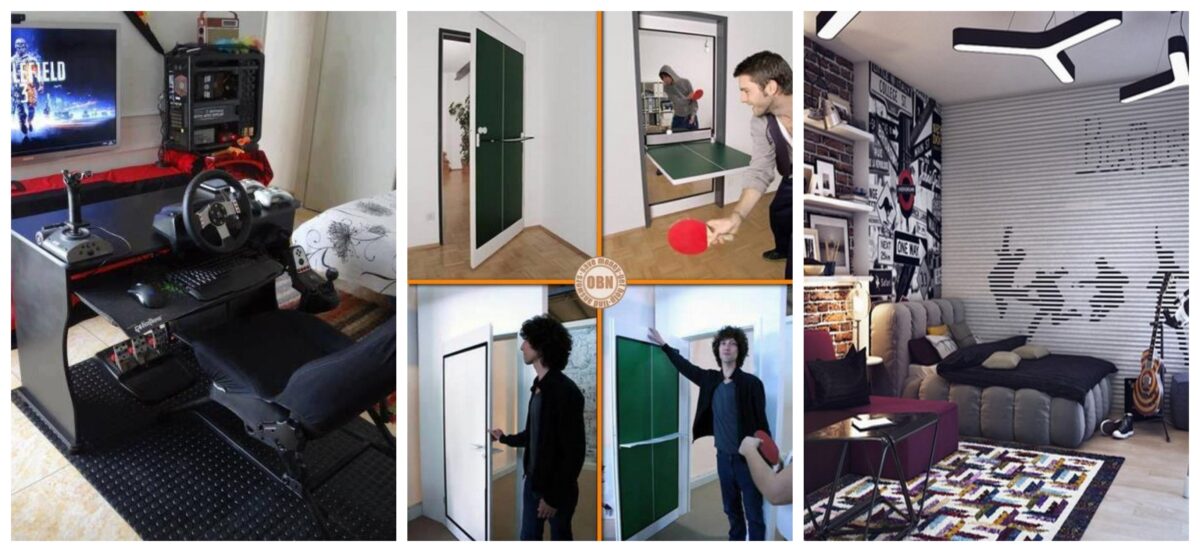

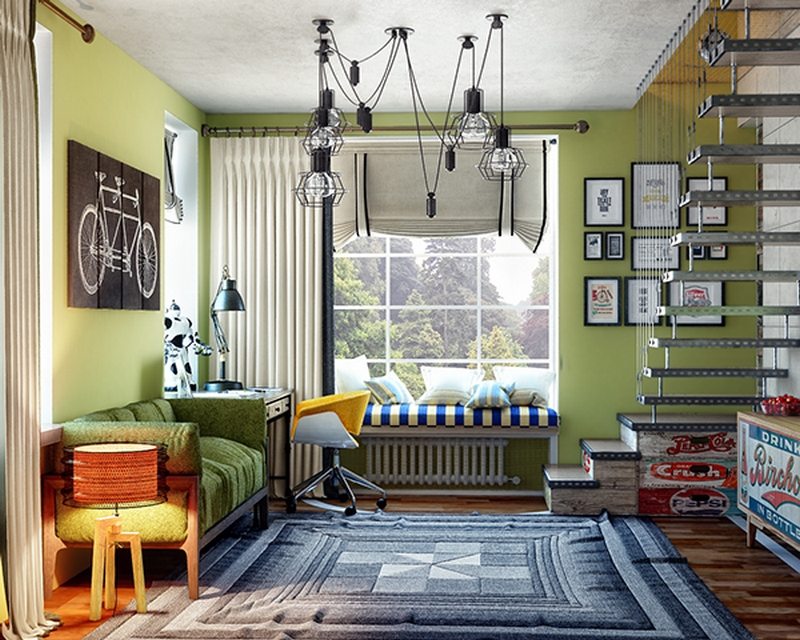
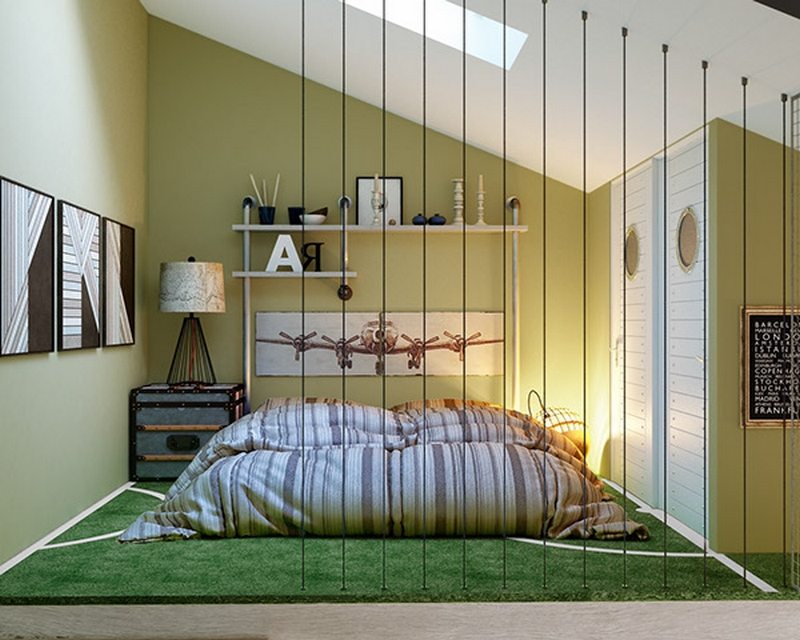



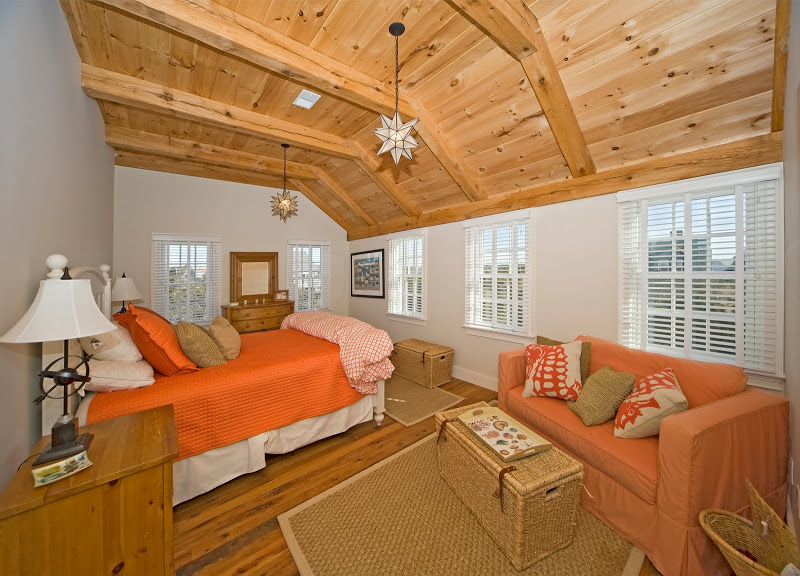
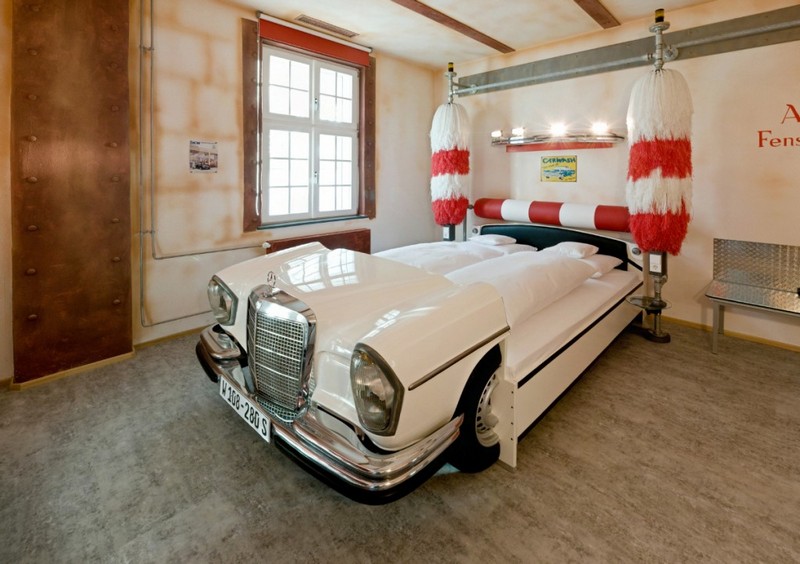
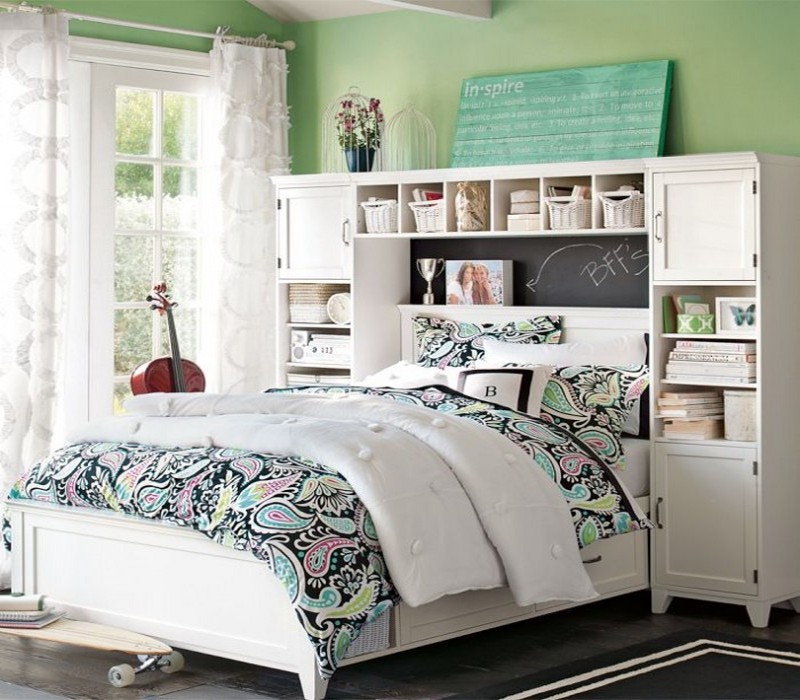
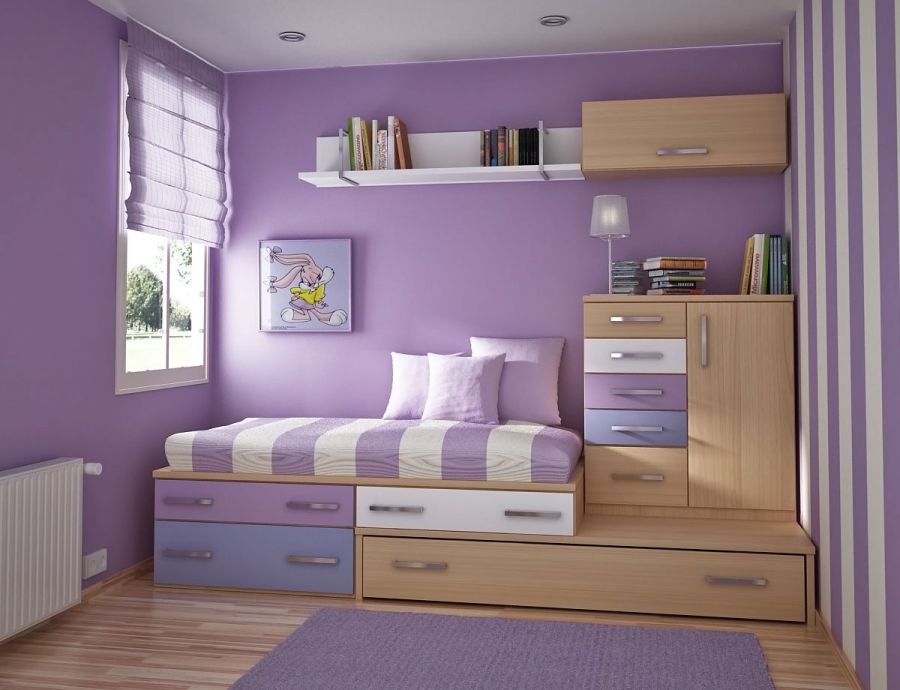

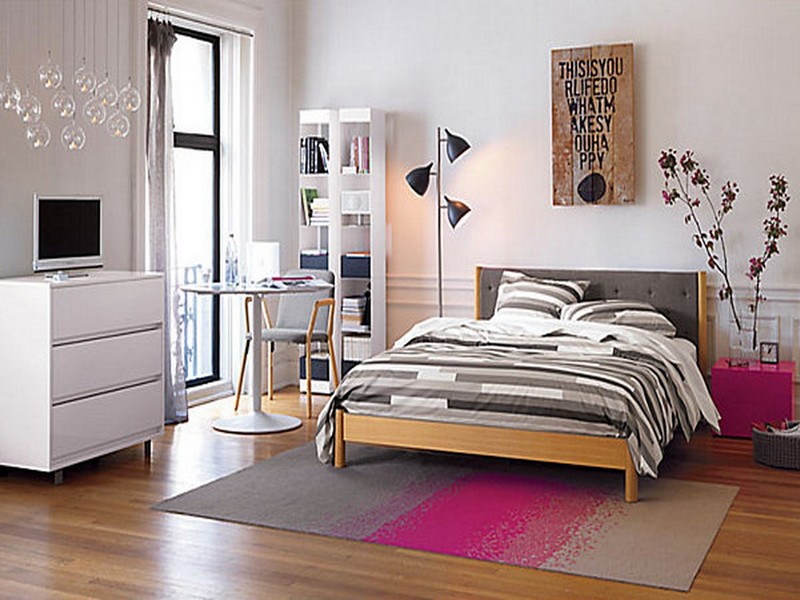


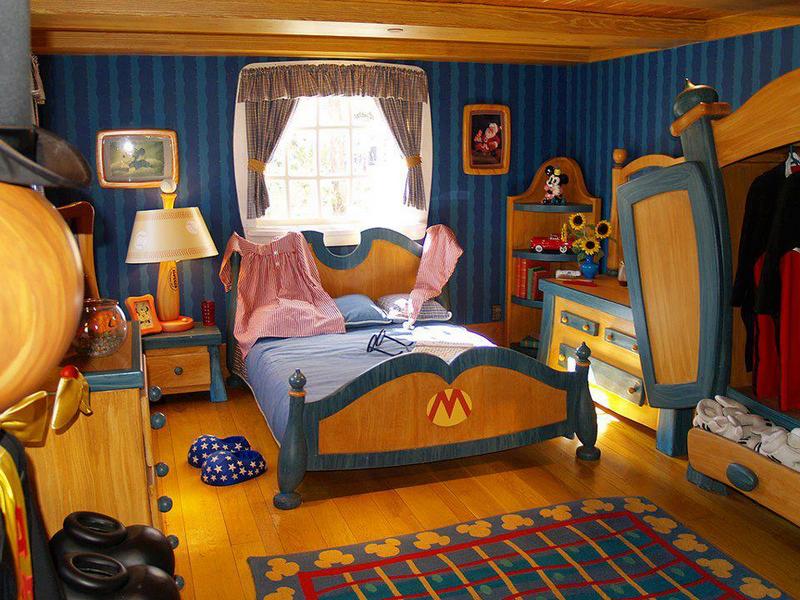
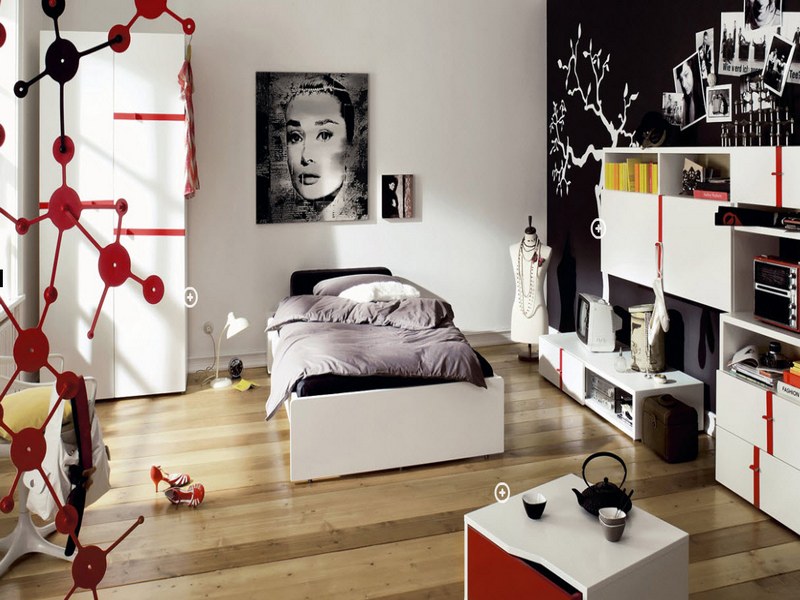
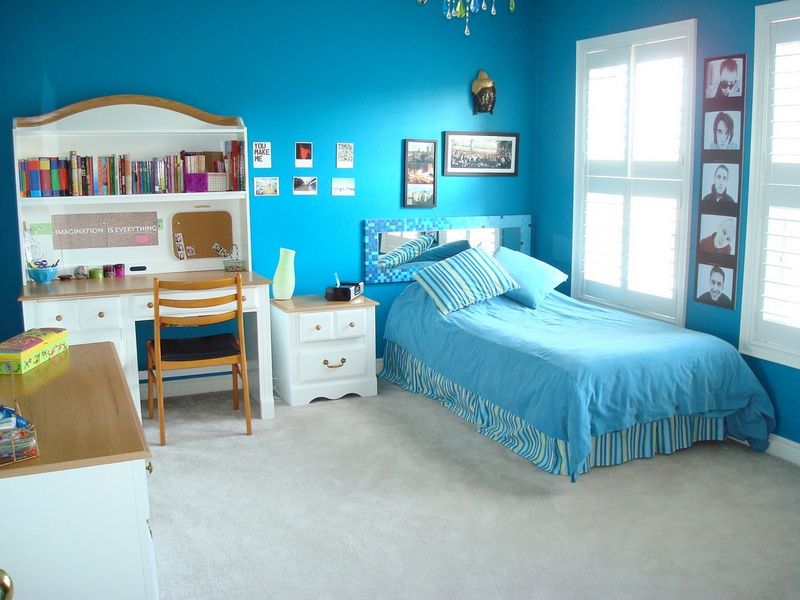


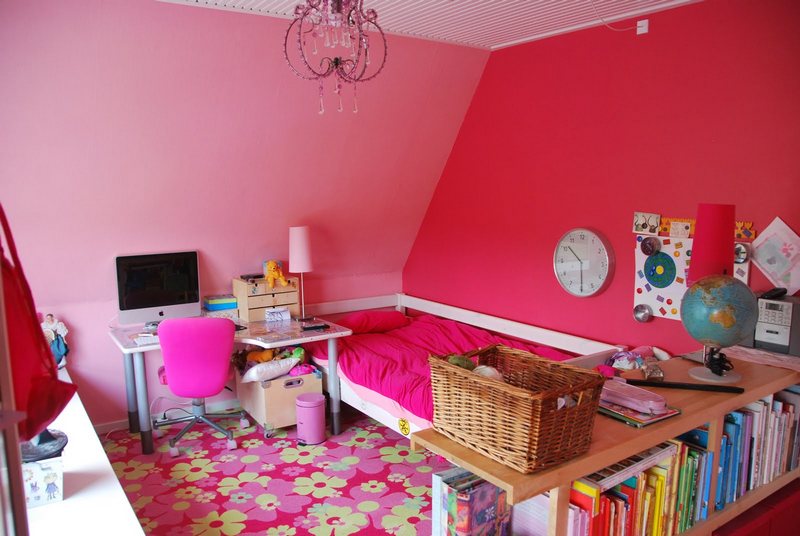
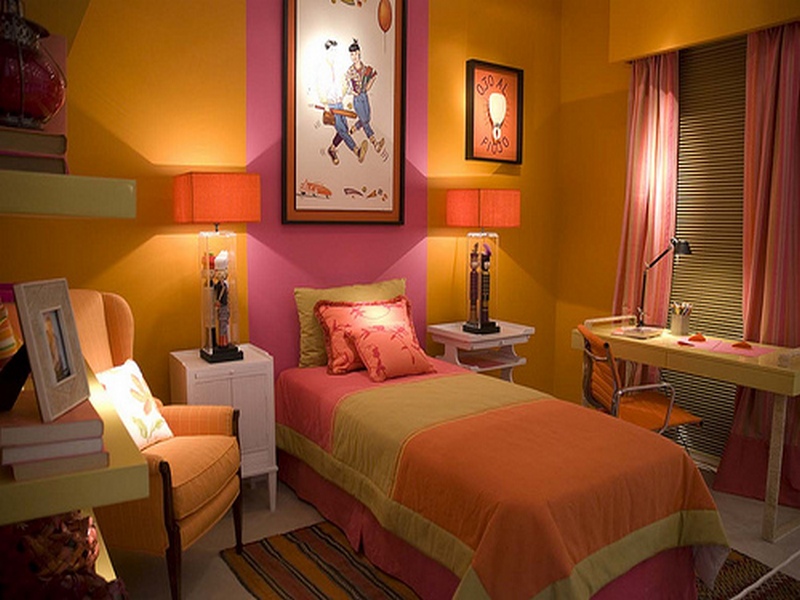
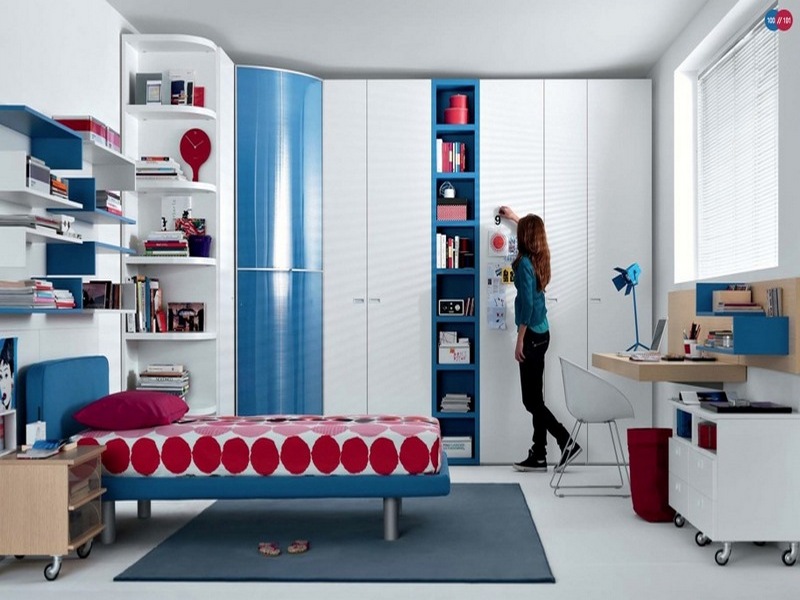

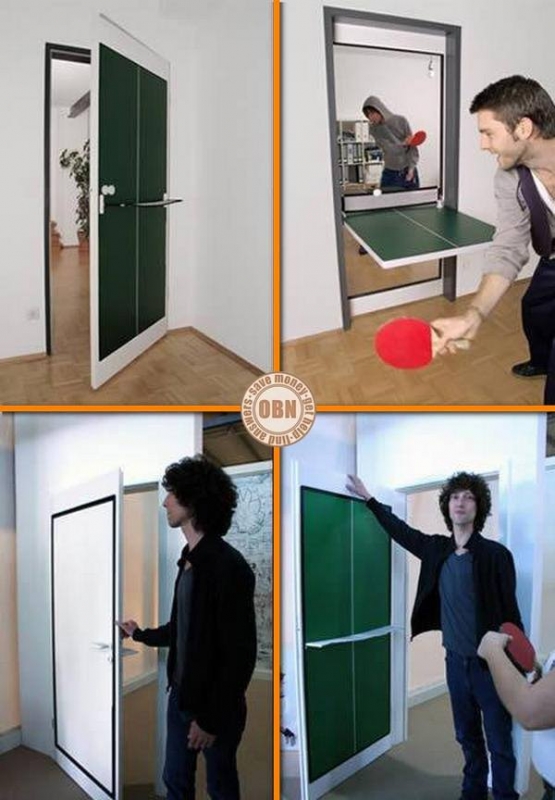
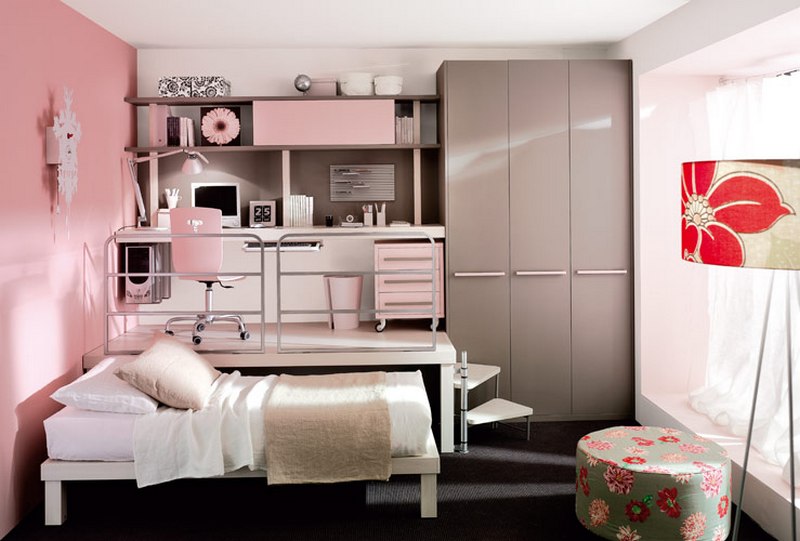
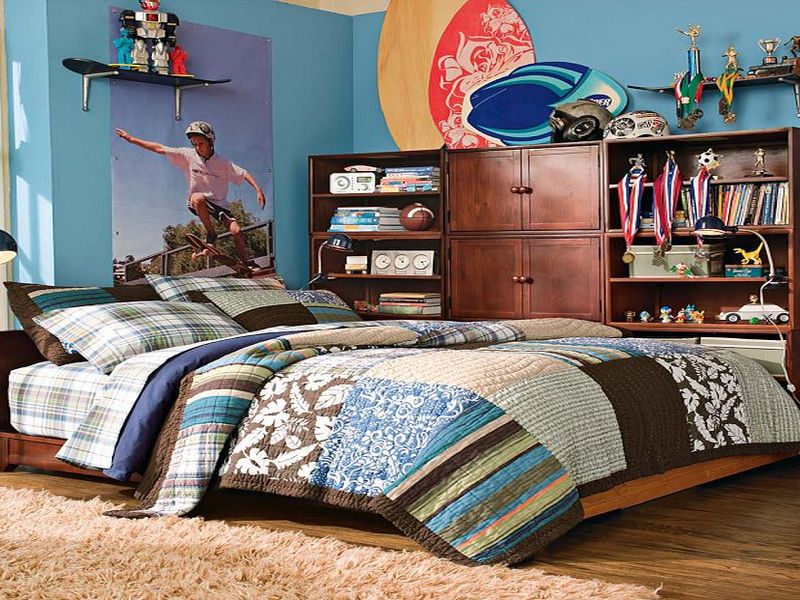

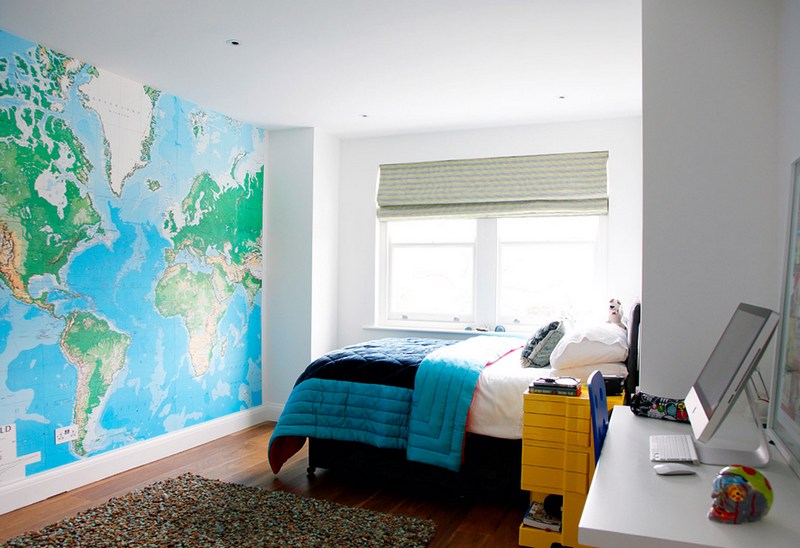

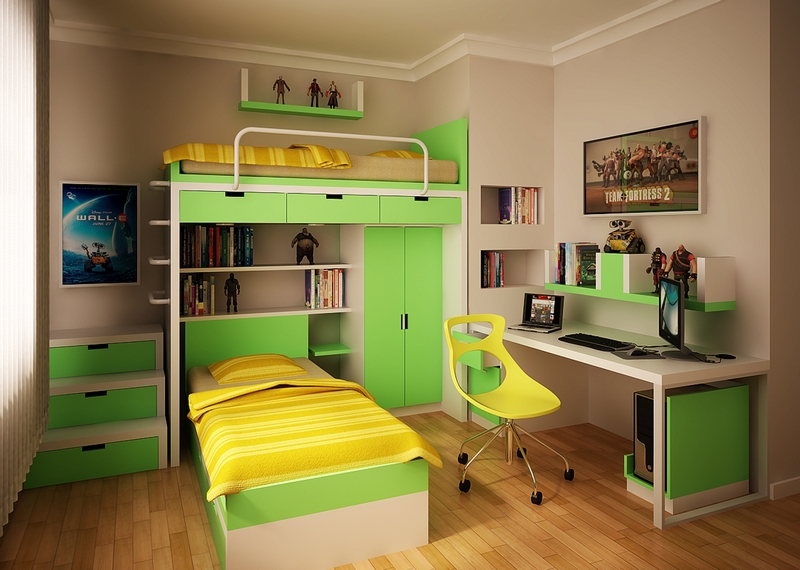
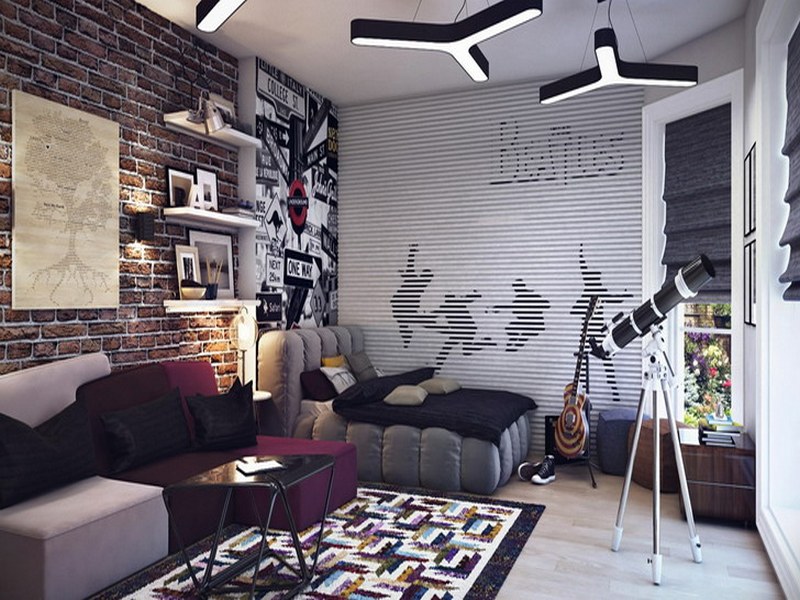
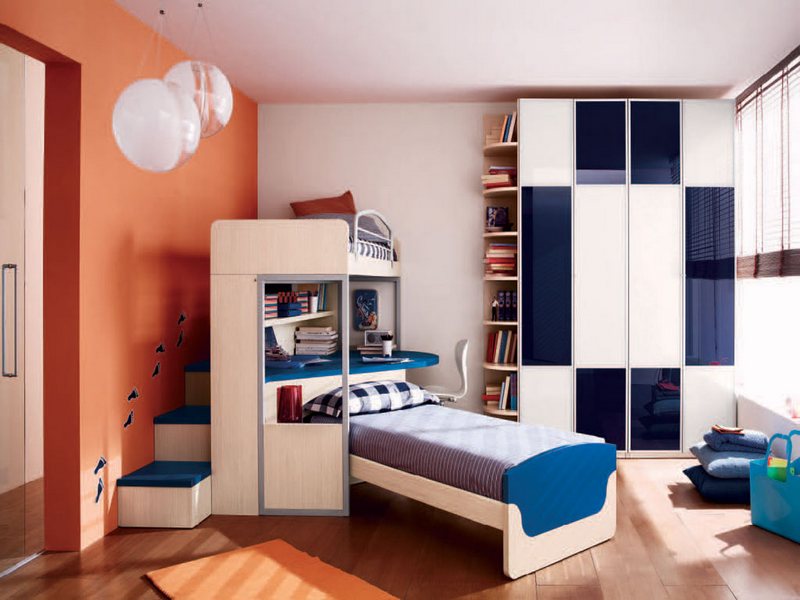

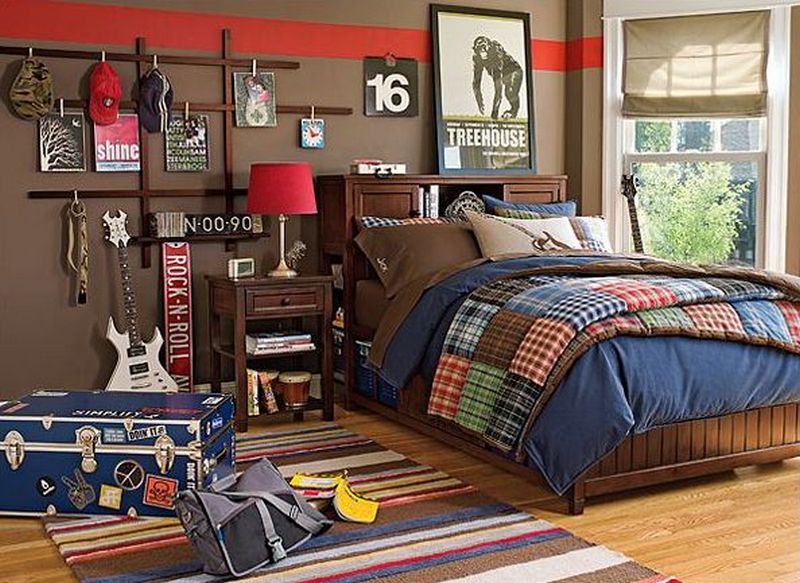

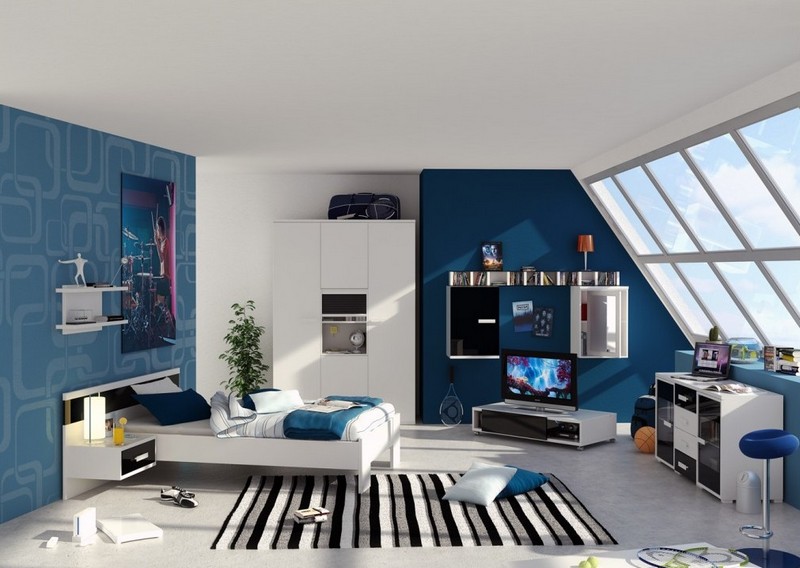

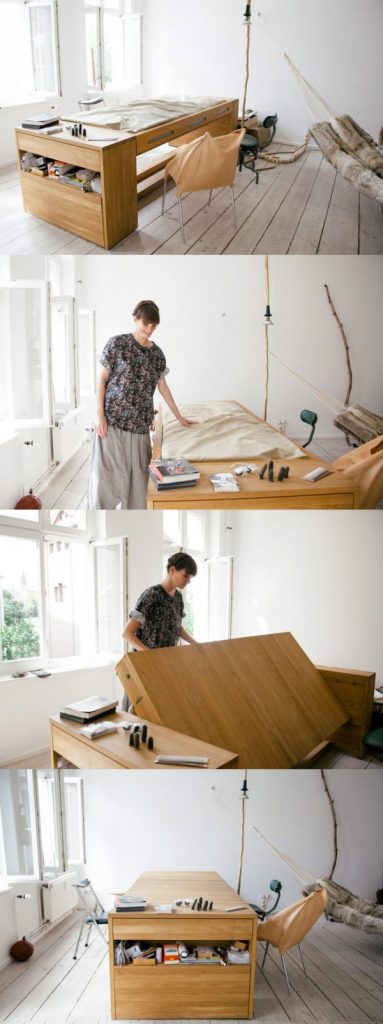
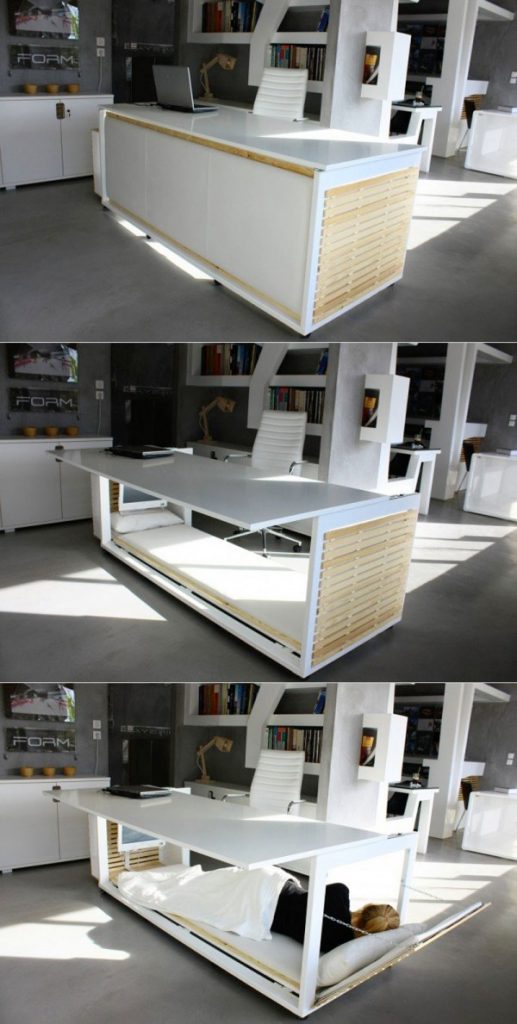
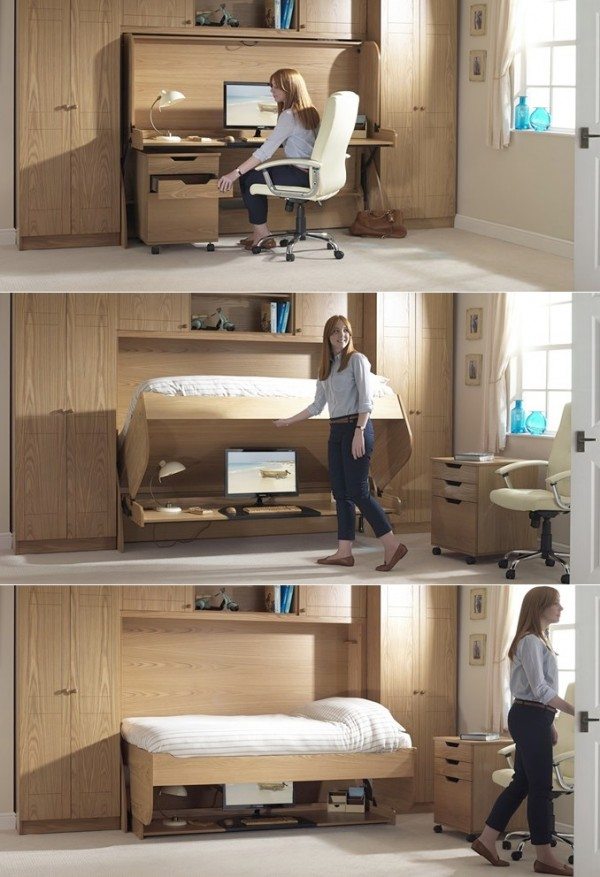
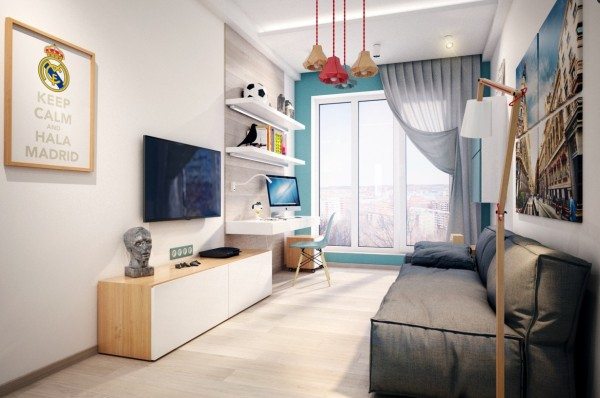

Conclusion
Designing teen rooms is about balancing functionality, style, and personal expression. By thoughtfully selecting furniture, colors, and storage solutions that reflect their personality and adapt to their changing needs, you create a space that supports their growth and provides comfort.
Ultimately, a well-planned teen’s bedroom can serve as a sanctuary where they feel truly at home, encouraging both relaxation and creativity.
FAQ: Teen Rooms
- How can I make a small teen bedroom feel bigger?
- Use light wall colors (LRV 60–80), add a large mirror near a window, run shelving to 72–84 in, and pick a loft or storage bed to clear floor area. Multi-functional furniture maximizes small spaces without sacrificing style or function.
- What colors should I use in a teen’s room?
- Choose a neutral base (LRV 60–80) for walls — soft whites, grays, or beiges. Add one accent color through bedding, rugs, or art for easy updates. Blues and greens promote focus; reserve bright hues (yellow, pink, orange) for small accessories.
- How do I create a functional study area for my teen?
- Install a desk (minimum 40×20 in) with cable management and an ergonomic chair with lumbar support. Provide 300–500 lux task lighting on the opposite side of the writing hand. Keep the study zone separate from the bed to reduce distractions.
- What are some storage solutions for a cluttered teen bedroom?
- Use under-bed drawers or 6–7 in bins, double-hang closet rods (40 in and 80 in), install floating shelves at 72–84 in, and add pegboards for bags and gear. Modular cube systems adapt as needs change. Label bins for easy maintenance.
- How can I make my teen’s room more personalized?
- Let your teen choose one accent color for textiles and art. Display hobbies — skateboards, instruments, or sports gear — as décor. Add personal photos, a feature wall with peel-and-stick wallpaper, or a gallery ledge. Involve them in furniture and layout decisions.
If you liked these, you will also like viewing other bedroom ideas……
Get the week's most popular posts delivered to your inbox.
Our weekly update is free yet priceless and you're less than a minute away from getting the current edition.
In the unlikely event we disappoint, you can unsubscribe with a single click!


